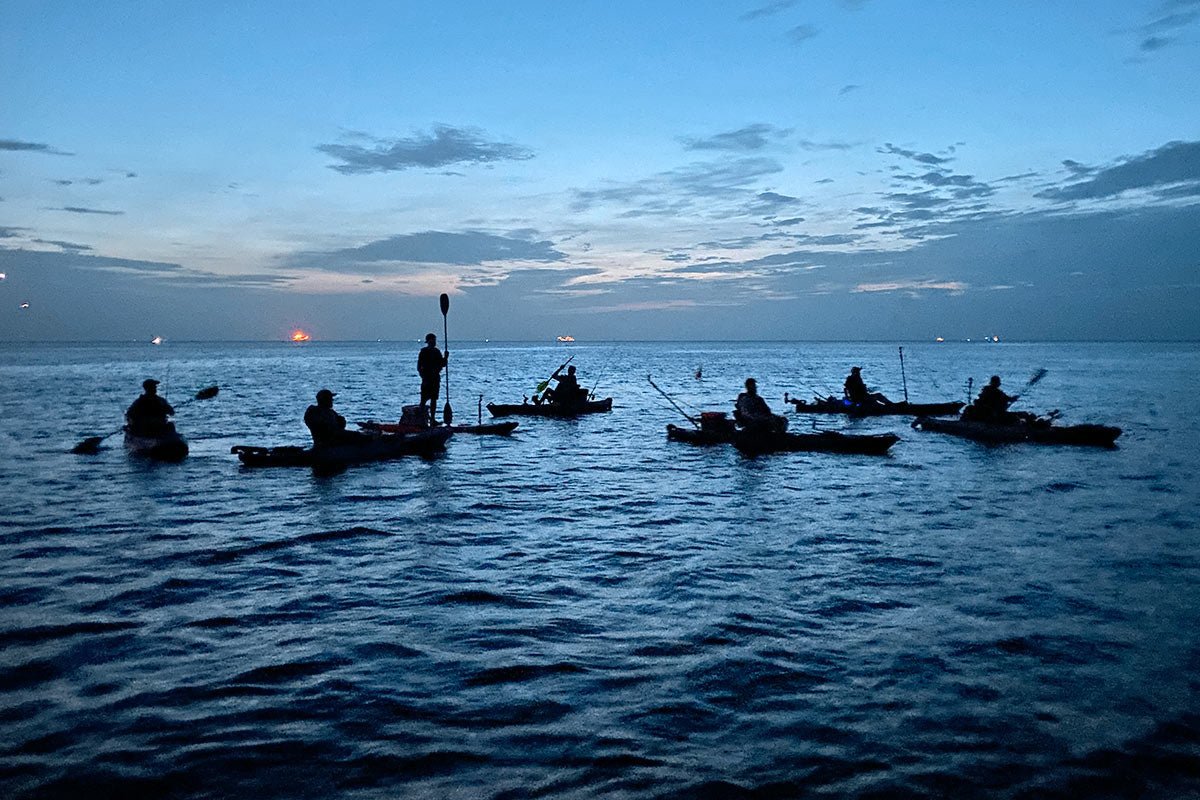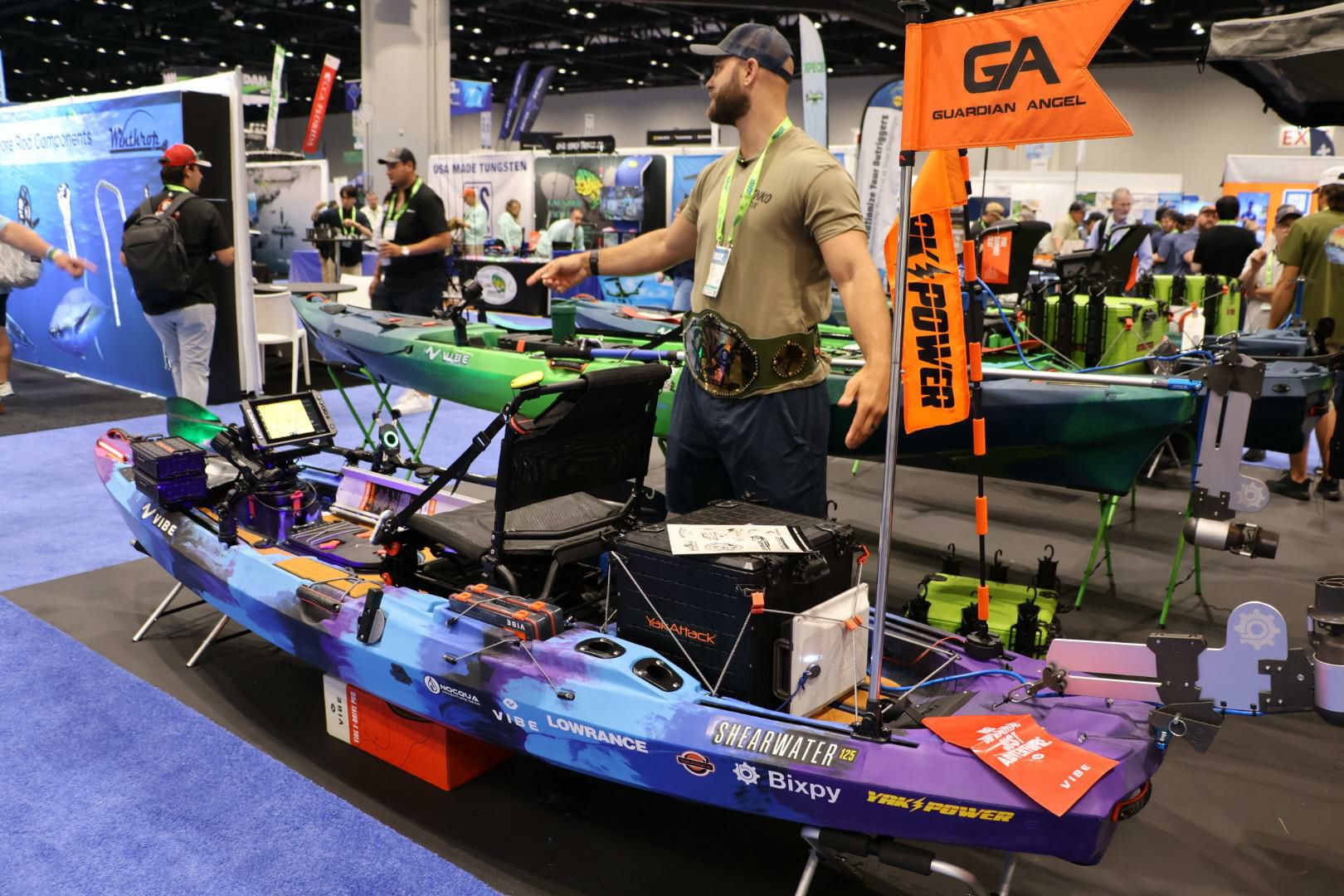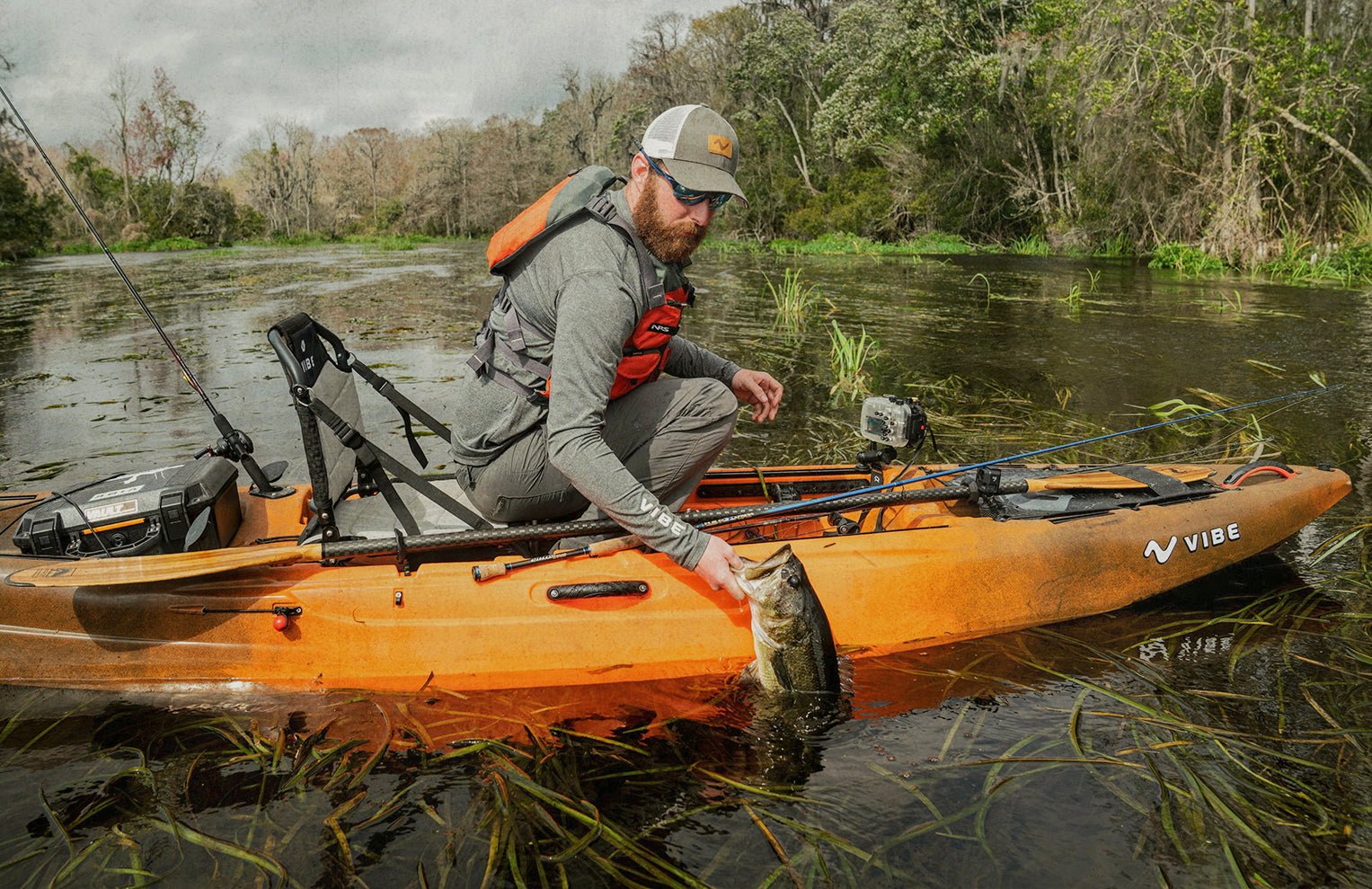Kayaking Safety Tips for Cold Water

As the temperatures and mercury drop even further going into winter, those lucky kayak anglers who live in the southern part of America and who don't have to chip through thick ice in order to find water may be tempted to put in a fishing kayak in order to throw a line, no matter what the thermometer says.
Many of us are dedicated to kayaking and fishing no matter the time of year, but we have to be knowledgeable, careful and aware of the dangers in how we approach cold weather and how to keep safe while fishing from a kayak.
Hypothermia is a term that is thrown around quite often, but what is it, and when is it a danger? Simply put, you are considered hypothermic any time your body temperature reduces below 95 degrees, your body starts shutting down appendages, it starts violently shivering, and every day functions become very difficult. A lot of people think that you can only get hypothermia in subzero temperatures, but this is false. When water reaches 55 degrees the danger of becoming hypothermic is increased by 20 percent.
The real dangers of cold water come LONG before hypothermia kicks in. Initially when your fishing kayak capsizes in cold water, you experience something called the cold shock response. This is when your body is suddenly and drastically trying to figure out how to warm you up. Your heart races, your brain is firing off signals trying to figure out what happened, and your breathing becomes rapid, making it easy to panic when your fishing kayak flips.
A fishing kayak personal floatation device (PFD) will significantly increase your chances both as an insulator and helping to stay afloat, and it's always smart to wear one anytime you are on the water while kayak angling. This time of year when the temperature of the water and air is low, WEARING a PFD is not optional, it’s necessary to know how to increase your survival odds. Your best bet is to slow yourself down, breathe and collect yourself mentally. Next, your body will realize that it’s in an environment that isn’t sustainable so it will think “ok shut off all non-essential activities” your arms and legs will be the first to experience a shutdown, this happens within 10 minutes. If you aren’t wearing your fishing kayak PFD how can you swim while your body is deciding you don’t need your arms and legs? Wear it.
If you do flip in water this cold while kayak fishing, there are a few things that you need to know how to do to increase your chances, and prevent the onset of hypothermia:
- Wearing your PFD while kayak fishing. This is always going to be most important and cannot be stressed enough.
- Wearing the proper attire for kayak angling. It’s very important to stay away from cotton clothing because it stays wet and loses 100% of its insulating properties. Ideally you’d be wearing a dry suit, but let’s face it, most of us are not about to drop $600 and squeeze into a full dive suit just to extend our kayak fishing season by a few weeks, no matter how much we want to hook up on bass, striper, or anything else. Wearing layers starting with a wool base, synthetic and wicking outers will allow quick dry as well as still providing insulation when it becomes wet.
- Have dry clothes available. Staying wet even when the air is 50 degrees will increase the speed at which your body temp drops. Keep a change of clothes in a dry bag on your fishing kayak, or at the very least inside your vehicle.
- Know how to quickly and efficiently right your fishing kayak, and get on top of it. The less time you spend in the water the better your chances are. Know that you’re ok and need to remain calm to move forward. Preparedness breeds confidence and when you’re confident in your ability to handle a situation, you are calm and get it done faster and more efficiently.
- Get your fishing kayak to shore immediately. If you are shivering uncontrollably, you won’t be able to paddle far, so get yourself to the nearest bank. If there’s a camp, knock on the door and explain what happened. If no one is home or there is no camp and you need to warm yourself up, this can be done in a few ways:
- Strip off your wet clothes. Best case scenario you have dry clothes ready stored in your fishing kayak or vehicle. If not, taking off any wet clothes will allow you to warm up, because wet clothing will act like a wick pulling heat away from your body.
- Start a fire. If at a camp look for a firepit, if not, make a makeshift fire ring with rocks in dirt. This won’t be easy if you are shaking uncontrollably, but you need to know how to dig deep, and focus on the task. I keep dryer lint in a zip lock bag in my fishing kayak PFD, best fire starter ever, it burns easily with just a spark, and it burns hot and fast (waterproof matches are a good thing to have). Rubbing your hands together and getting your legs moving will help speed up the time it takes to feel the warmth. Use the fire to dry your wet clothes and heat some of your bottled water if you can; warm drinks will help heat the body from the inside. If you are good to go, dowse the fire fully, and carry on immediately to your vehicle AND SEEK MEDICAL HELP.
- Get help. There are long term health issues such as potential for cardiac arrest and stroke even hours after becoming hypothermic, so go see a doctor.
Preparing for a worst-case scenario while kayak fishing is the best way to prevent it from happening. Have your fishing kayak PFD on, a whistle or air horn handy, dry clothes and a way to start an emergency fire. If you follow these steps while kayak angling you can save yourself in a very dire situation, and knowing how to make sure you're in a position to be the safest you can be when venturing out in cold waters will ensure you have a safe and good time during the colder months.
- Matt Charette, Vibe Pro Fishing Team
- Photo credit, Matt Charette



